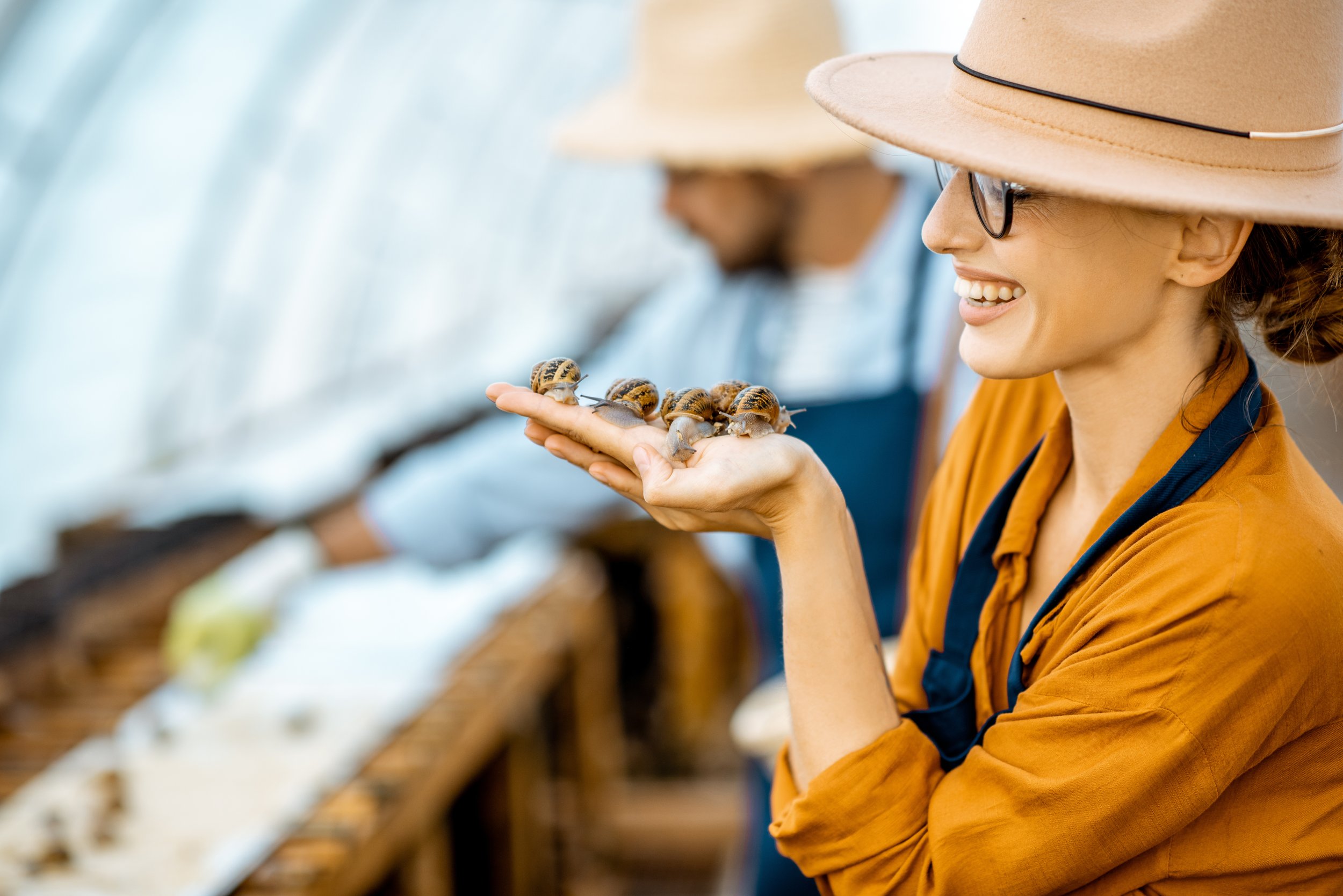🤝Become a partner! 🐌
Click here 🟢
Fiscally sponsored by Earthshare
🤝Become a partner! 🐌 Click here 🟢 Fiscally sponsored by Earthshare

BioCycle Hub
Solar-powered vehicle with composting & processing lab
Hosts workshops at schools, hotels, and food service hubs
Delivers soil, escargot, byproducts, learning, and entrepreneurial outcomes
Waste diversion is a proven necessity—not a theory
Waste diversion is a proven necessity—not a theory
A new model, rooted in proven systems—such as…
Green Bronx Machine - Mobile classroom model focused on urban agriculture and food justice in schools.
Misfits Market – Rescues cosmetically imperfect produce for resale; grew into a national leader in food waste recovery.
Rethink Food (NYC) – Reimagines food recovery as a dignity-based ecosystem; includes chef training and upskilled prep workers.
♻️ BioCycle Hub
🚀 Phase 1
♻️ BioCycle Hub 🚀 Phase 1
Mobile Hub
Deploy vehicle to 3 urban schools or kitchens
Install snail pens and compost infrastructure
Deliver training workshops and demo events
Workshop experience
Scrap intake → Snail reactor → Compost + Products (Escargot, Cosmetics, BioChemicals, etc)
Data sensors monitor conditions
Students and staff build, measure, produce, and cook
Why urban first?
Higher food waste volume = more diversion potential
Greater visibility and scalability
Immediate workforce development & education impact
How does it work?
Site arrival: Hub parks at location. We onboard staff and students.
Waste intake: Pre-consumer scrap is sorted, loaded into snail reactor.
Biocycle in action: Snails consume waste; sensors monitor compost conditions.
Processing outputs: Mucin is extracted gently; nutritious snail meat is processed; compost matured.
Hands-on education: Participants free-range build pens, test moisture, record data.
Culinary tasting & business planning: Chef leads group tastings; youth draft small‑biz snail ventures.
📈 Roadmap
📈 Roadmap
Equity & replication
Phase 2: Expand to institutions across Texas
Phase 3: Students → Entrepreneurs
Develop ‘BioCycle Hub Toolkits' for replication
Projected impact (Year1)
10,000+ lbs waste diverted
200+ participants trained
6+ microenterprise concepts piloted
Urban gardens and rooftop farms enriched
Why non-profit, why now?
The BioCycle Hub is built to maximize public good.
We prioritize education over extraction, equity over scale, and systems change over product sales. We train youth, support local institutions, and regenerate soil—not just for markets, but for communities.
Now is the time: food waste is piling up, soil is depleting, and too many are excluded from climate solutions. The nonprofit model ensures we build this infrastructure with integrity, access, and long-term impact at the center.
This isn’t charity. It’s community-powered innovation—deployed where it’s needed most.











